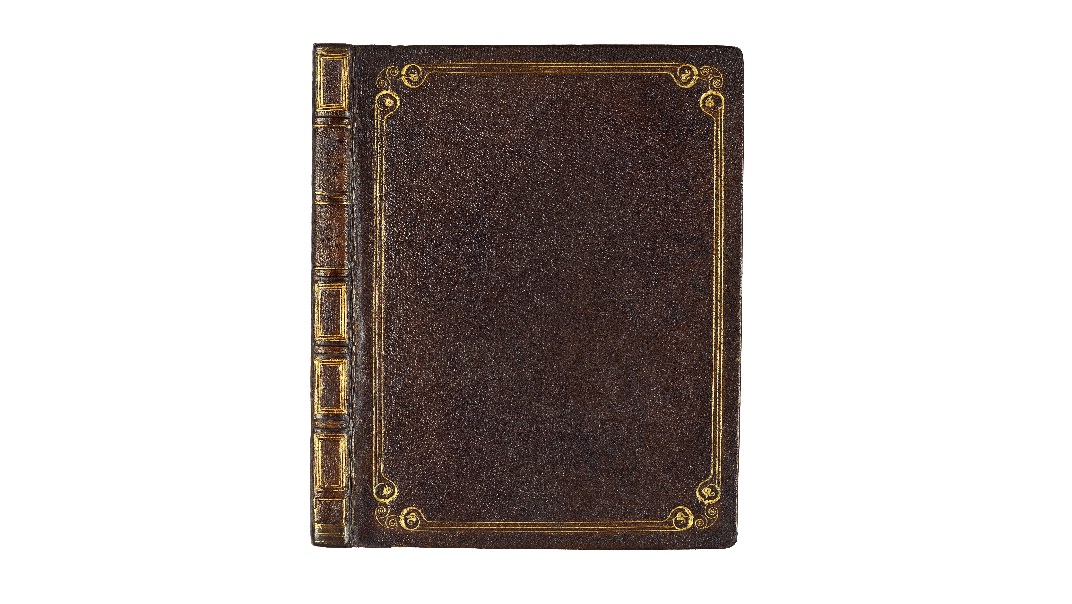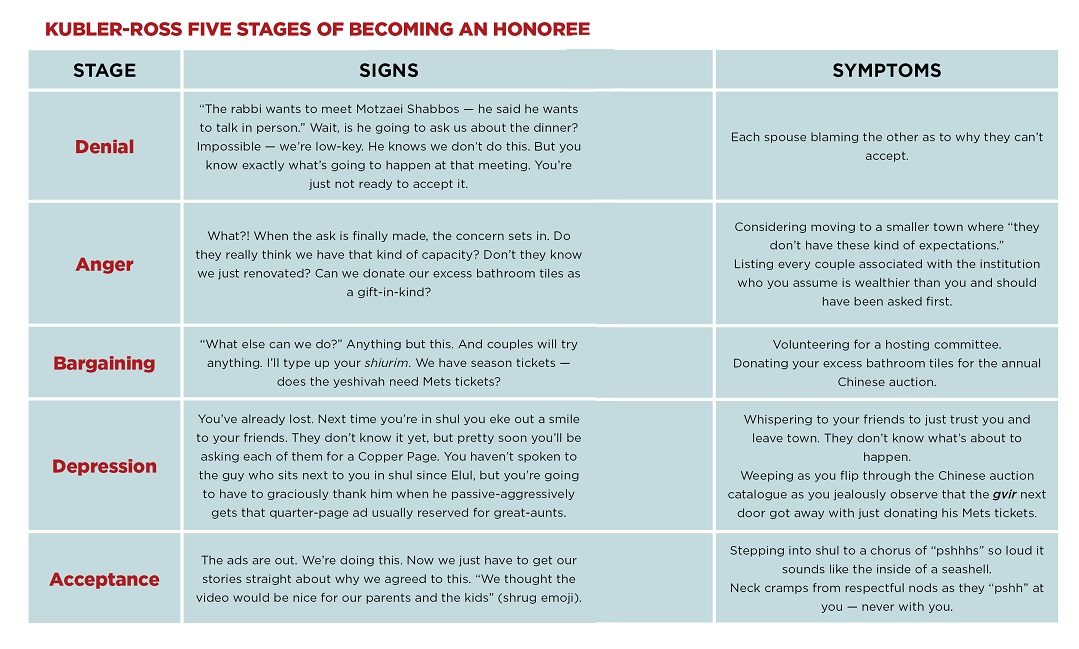Top 5 Haskamos to Seforim

Some haskamos, if you take the time to read them, contain all sorts of interesting, sometimes spicy, tidbits, perspectives, and ideas

W
hen most people open up a sefer, they usually skip the introduction. Introductions, though, often contain the best parts of a sefer — some even call the introduction “the soul of the book.” But even within the small group who read introductions, precious few actually read the haskamos, the approbations. Many earlier seforim featured approbations in lieu of a copyright — the haskamah would be a detailed letter from a Torah authority explaining when, if ever, other editions would be printed. Nowadays, haskamos serve a different function. Most are just general approbations about the work. Sometimes, when the phrase “Michtav Brachah” is triple underlined, it’s pretty clear it’s even not really a haskamah at all. Some haskamos, if you take the time to read them, contain all sorts of interesting, sometimes spicy, tidbits, perspectives, and ideas. With Shavuos around the corner, you might want to make sure you read the haskamos to see whether the Torah you’re about to learn is, in fact, accepted. Here’s my top-5 list of the types of haskamos you’ll find in seforim.
1. Critical Feedback
If you use the references on any shidduch resume, you can be sure that the people you call have glowing feedback on the person you’re calling about. “Oh, Chavie, mamash an amazing girl — she’s like a daughter — when she bakes challah, as she does every week, the tears from her davening mix into the dough; that’s what gives it that extra delicious zest.” For once, I want to call a reference and get a drop more honesty. “Oh Baruch? Yeah, he’s okay. Definitely makes it to Shacharis two — sometimes three — times a week. Good guy, sits in the back. But I’ll be frank, I dormed with him, and he’s a mess, I would NOT live with the guy — wait, what’s this call about?” So anytime I read a haskamah that is critical of a sefer, I look at it as a badge of honor for the confidence of the author.
Instead of stacking the deck with glowing praise, a dose of honesty and critical feedback shows you that the author is not afraid to highlight that some disagree. My favorite is Rav Michel Feinstein’s haskamah to Rav Yitzchak Adler’s sefer Iyun B’Lomdus. The sefer presents methodology for different types of chakiros in lomdus. In Rav Michel’s haskamah, boldly printed inside, he reminds the author that there is no need for using newfangled fancy Hebrew words to analyze Gemara. Save your “manganons” (Hebrew for mechanism) for Tel Aviv, just some good old-fashioned “cheftza/gavra” for me, thank you very much.
2. Cement Your Status
In a shiur at Shaalvim, Rav Hershel Schachter quoted Reb Chaim Soloveitchik, who said that even if a sefer wasn’t that noteworthy, one good idea in the entire sefer justified printing the entire work. When Rav Schachter finished the shiur, the rosh yeshivah of Shaalvim approached him and said with a wink, “your entire shiur was worth listening to just for that one anecdote!” And, indeed, sometimes the best part of a sefer is not what the author wrote, but rather the haskamah. Just like the suit makes the man, the haskamah can make the mechaber. Rav Shach’s reputation spread across the Torah world after people saw the glowing haskamah penned by the Brisker Rav to the Avi Ezri. The most famous examples of haskamos making the sefer are any seforim with approbations from the Vilna Gaon. There are only a handful of works with the imprimatur of the Vilna Gaon, but that may be all you need to justify owning the work. Legend has it that the Vilna Gaon gave one of his haskamos to someone who was staying in his house for Shabbos, so he felt bad saying no. (When I published my sefer, B’Rogez Rachem Tizkor, I secured my haskamos by inviting myself to the homes of rabbanim and then refused to leave until they gave me one. A week or so after moving in, I got haskamos from the entire extended family.)
3. Generic Praise
Dear {insert mechaber’s name}, The following {insert name of sefer, if you’re not sure the name of the sefer, just add the word Ohel or Pnei to the author’s first name} was a sheer delight! I did not have a chance to read through all of it, but the page that I did read exhibited the author’s brilliance, erudition, and breadth of knowledge. With Torah blessings, {insert name of this gadol who is too nice to say no}.
4. Why This?
You may love the author, but that doesn’t mean you have to love the topic or subject of the work. Some sneakier haskamos, while giving glowing approbations to the sefer, also seem to project a thinking emoji onto the subject of the work. One example, but you have to read carefully to notice, is Rav Hutner’s approbation to Rav Dovid Cohen’s first volume of Ohel Dovid. Read it carefully. He asks Rav Cohen why he chose to write on this topic and still hide his top merchandise from the public. Similarly, in the introduction to Rav Nachum Stefansky’s Aleihu Lo Yibol, which contains stories and piskei halachah from Rav Shlomo Zalman Auerbach, there is a haskamah from a family member in which he wonders whether such a sefer detailing every impromptu conversation he had is really necessary to print. Honestly, l’havdil, that’s pretty much the feedback I get from my parents every time they read this column.
5. Absent Approbation
A certain rav, who had been accused of plagiarism, published a sefer without thanking his yeshivah in the introduction. When Rav Chatzkel Sarna asked the rav why he neglected to thank the yeshivah, he responded that in Rav Moshe Mordechai Epstein’s sefer, he didn’t thank the yeshivah either. Rav Chatzkel responded, “I know you plagiarize from what people have written, but now you’re also plagiarizing things that people didn’t write?” Sometimes, the most interesting part of a sefer is not what is there, but what is not there. A famous example is the story told of the absent haskamah from Rav Yisroel Salanter to the Chofetz Chaim’s work Shemiras Halashon. Rav Salanter disagreed with the Chofetz Chaim's ruling about asking someone forgiveness for speaking negatively behind his back (lest asking would be further embarrassment), so he withheld his approbation. If I ever publish another sefer, I’m just going to leave the first five or six pages blank and have my readers guess what they’re missing.
Thanks to Rabbi Jake Sasson for his sustained awesomeness (he is the first to develop actuarial tables for measuring geshmak), to Mizhrahi who will never kick me out of his store as long as I stay (but still won’t give me a haskamah), and to Rabbi Aryeh Westreich from whom I plagiarize all my stories about plagiarism.
(Originally featured in Mishpacha, Issue 762)
Oops! We could not locate your form.







